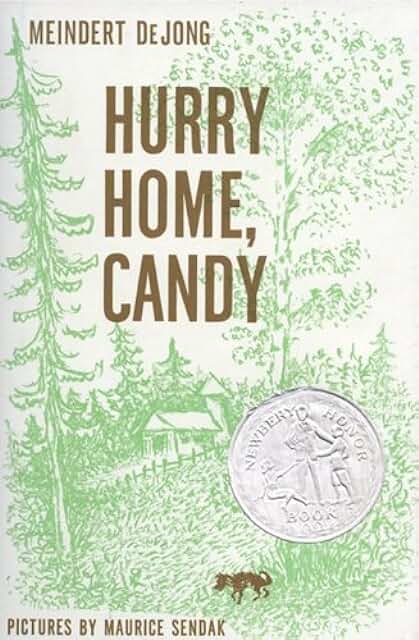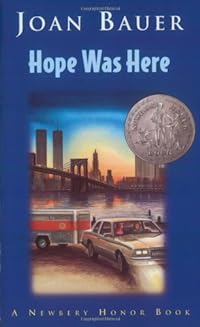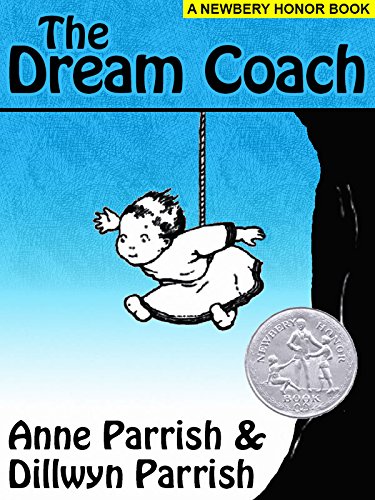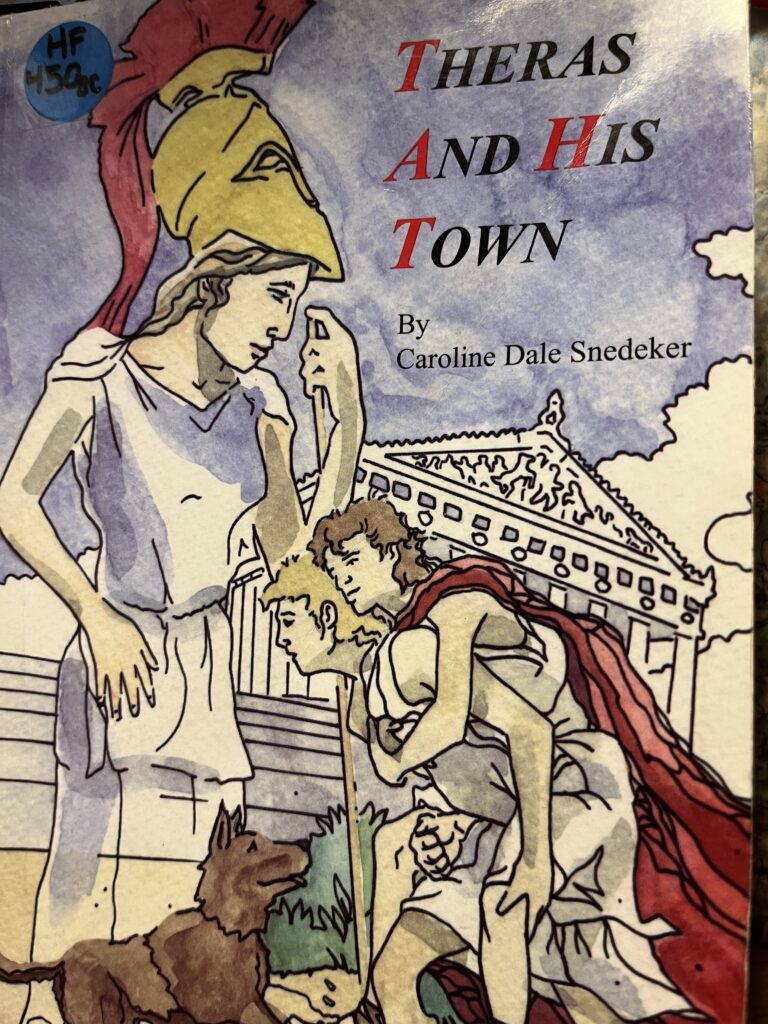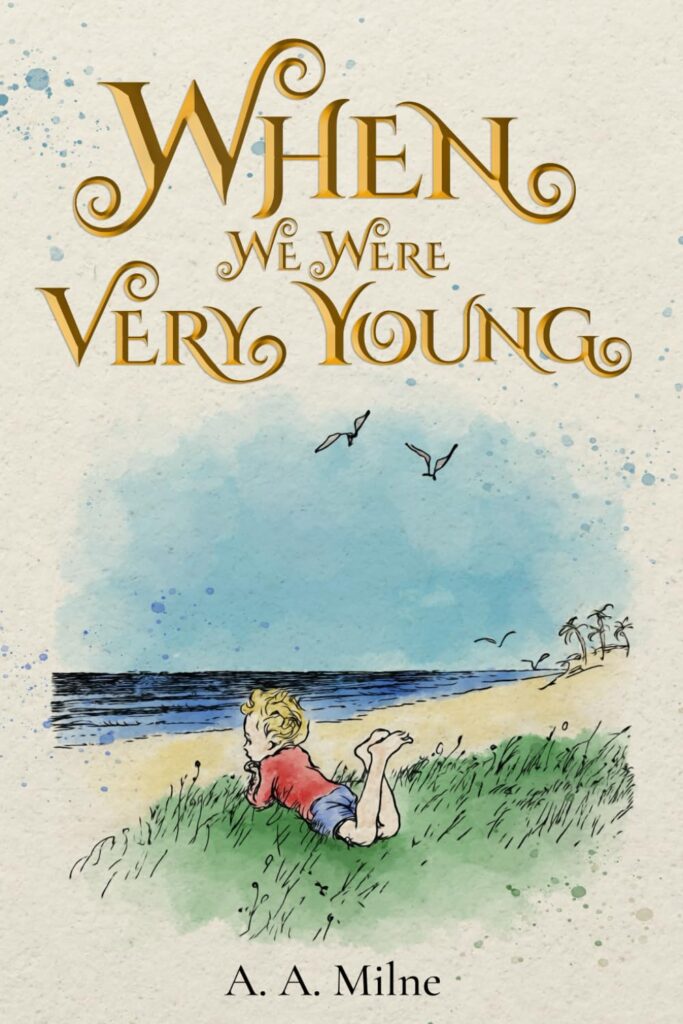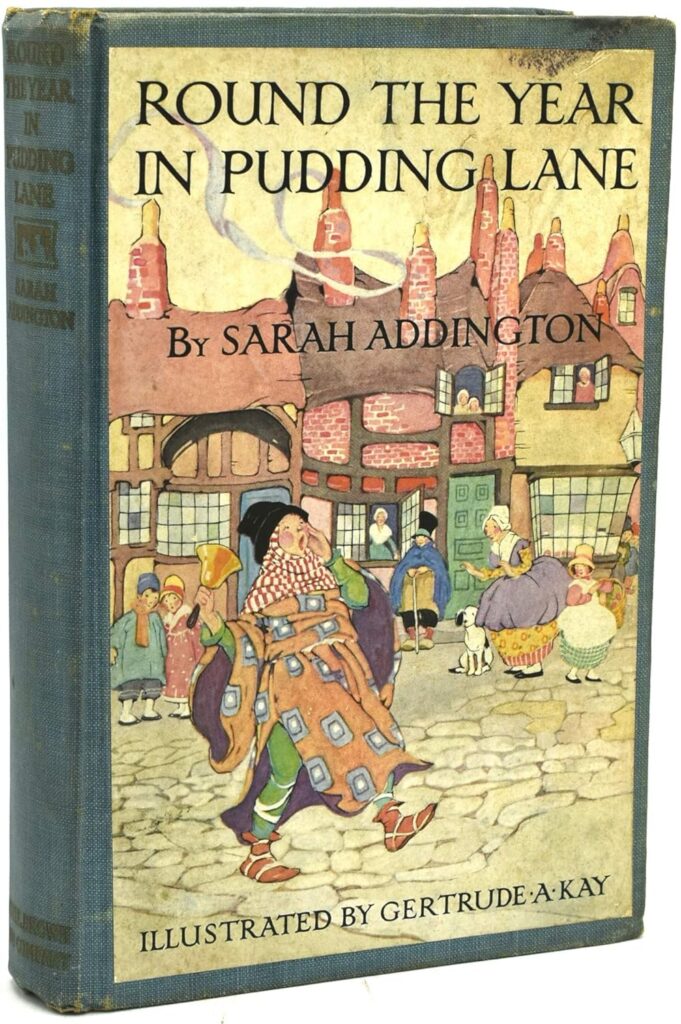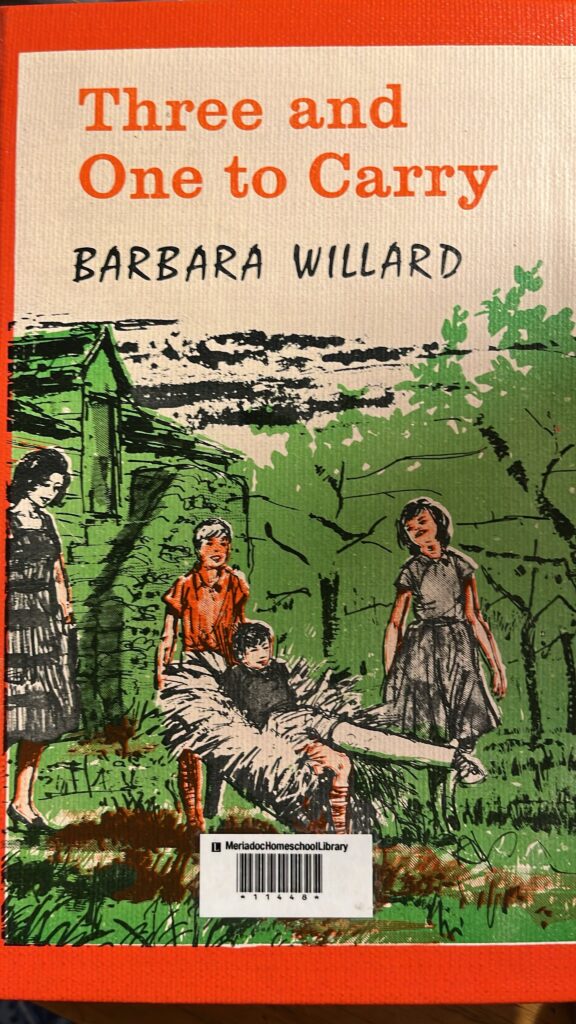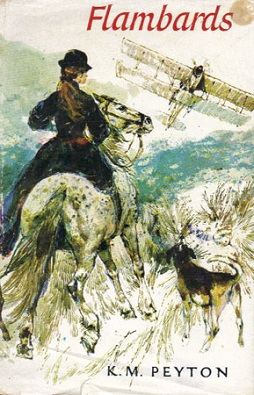Having just re-read the Flambards novels by K.M. Peyton, set in the early days of flying and airplanes before, during , and after World War I, I was prepared and pleased to read another golden age of flying novel, this one set in 1937 Europe, just before World War 2 changed everything. Elizabeth Wein, author of the compelling and well written Code Name Verity, Rose Under Fire, and Black Dove White Raven (as well as a disastrously bad prequel to Code Name Verity), likes to write about female aviators, and airplanes, and flying as well as the politics and adventures surrounding the 1930’s and World War 2. In Stateless she has given us a spy and aviation thriller reminiscent of Helen MacInnes’ spy novels which is a high compliment because I am quite fond of MacInnes.
Stella North, Northie to her friends, has been chosen to represent Britain in the Circuit of Nations Olympics of the Air, Europe’s First Youth Air Race. She’s the only female flyer in the race with eleven other pilots from eleven different European countries. The race is supposed to be promoting peace and friendly relations between the peoples and nations of Europe, but with the Spanish Civil War still raging and the Nazis becoming more powerful and belligerent in Germany, peace seems somewhat elusive. And the press is no help at all, with reporters mobbing the contestants in every city they fly to and asking questions that suggest that the pilots themselves might resort to sabotaging each other’s planes to win the race. When one of the racers goes missing, and Northie has dangerous information about what happened to him, she and others begin to wonder if a murderer might be lurking among the contestants.
The themes of international and world peace and the difficulties of achieving it and of individual identity and nationality and transcending European borders are articulated, but left to simmer as the plot itself and figuring out whodunnit took up most of the space in my reading mind. I did notice that the characters were mostly multilingual and multinational with divided loyalties that were soon to tested by the outbreak of World War 2. The author in her Author’s Note at the end of the book speculates on what would happen to these young flyers in just a couple of years after 1937, but we’ll never know unless Ms. Wein decides to write a sequel.
Well plotted and exciting, this novel falls just short of brilliant. There’s the problem of why don’t Stella and the charming but volatile Tony inform the authorities of their suspicions and of what they have actually witnessed. Of course, for the sake of the story, the authorities can’t just wrap everything up, call off the race, and send everyone home. So Northie and her friends must find reasons not to tell what they know: they don’t trust anyone else. No one would believe them. They don’t have enough proof. Nonsense. If I saw what Stella saw and knew what she knew, I’d be screaming bloody murder (literally, murder!) until someone somewhere listened and believed me and did something. At least, I think I would. Anyway, if you just go with it, it’s a good story.
And it’s clean. There are one or two brief kisses, and some faked necking (standing close and pretending to kiss) while the protagonists are hiding from the Gestapo. No bad language that I recall, except for one exclamation using the word “bloody” by a British character, a word which I understand carries more weight with the Brits. There is violence, but it’s not terribly graphic. All in all, it’s a book I would be happy to recommend to older teenage and adult readers.

